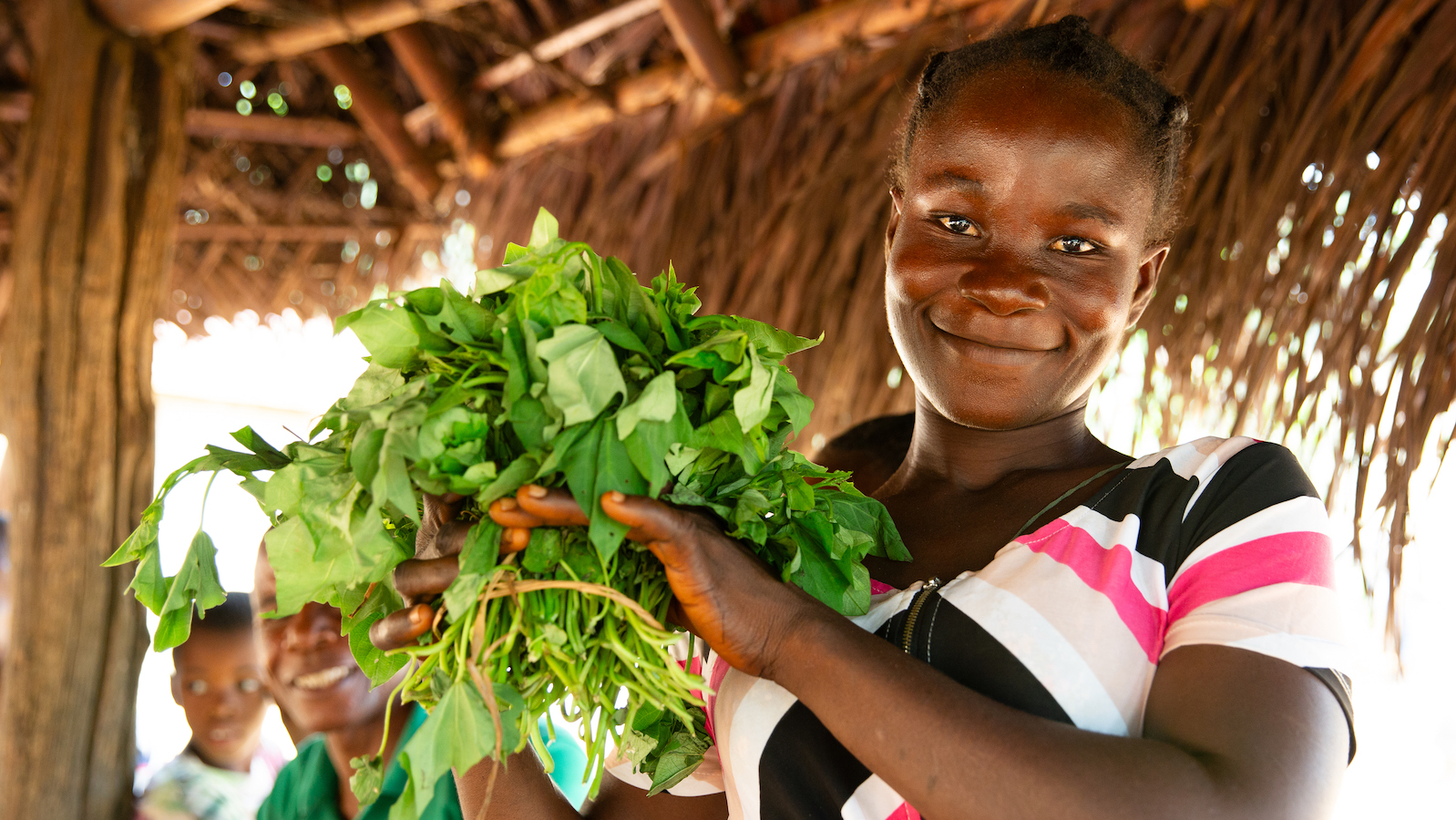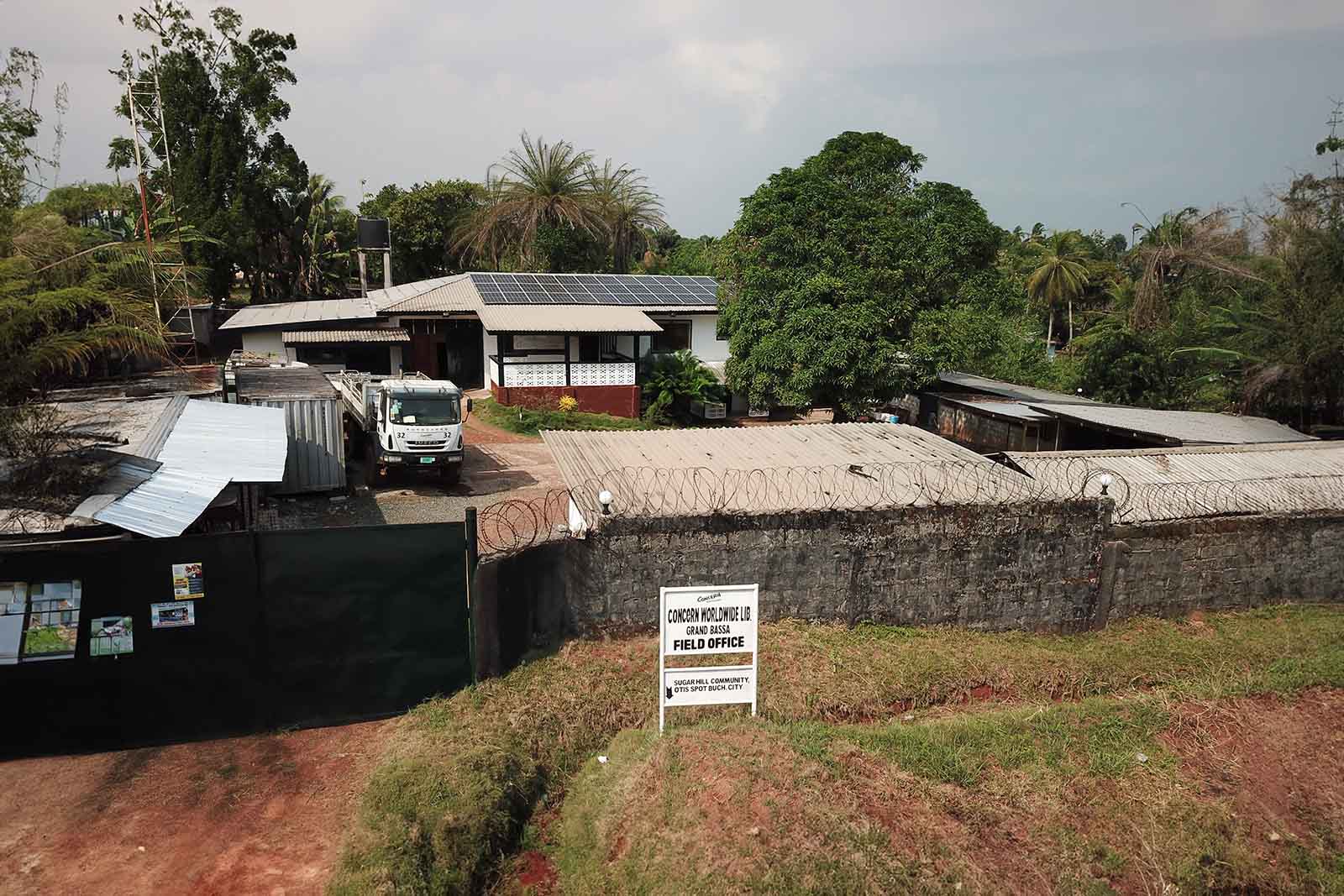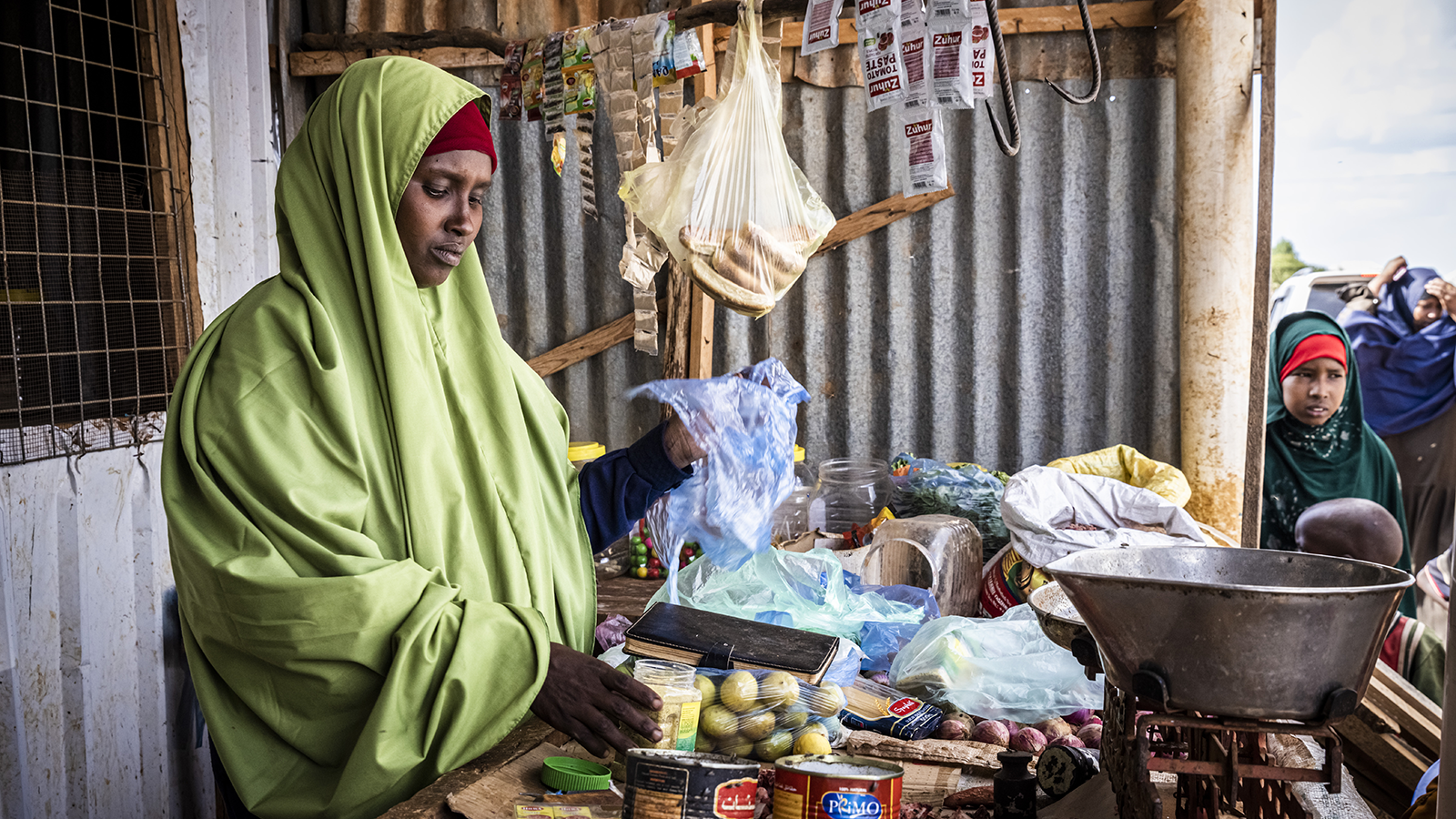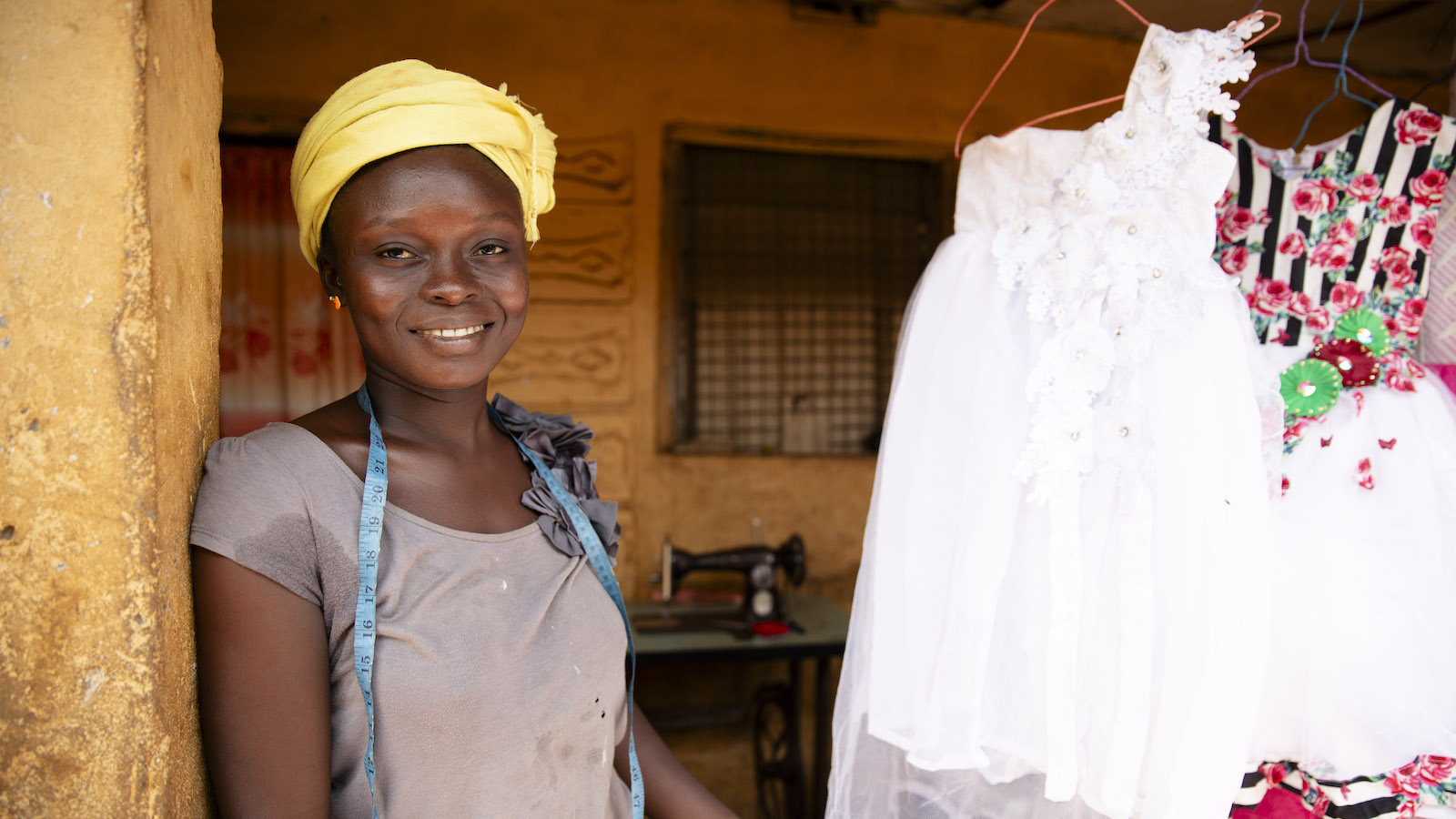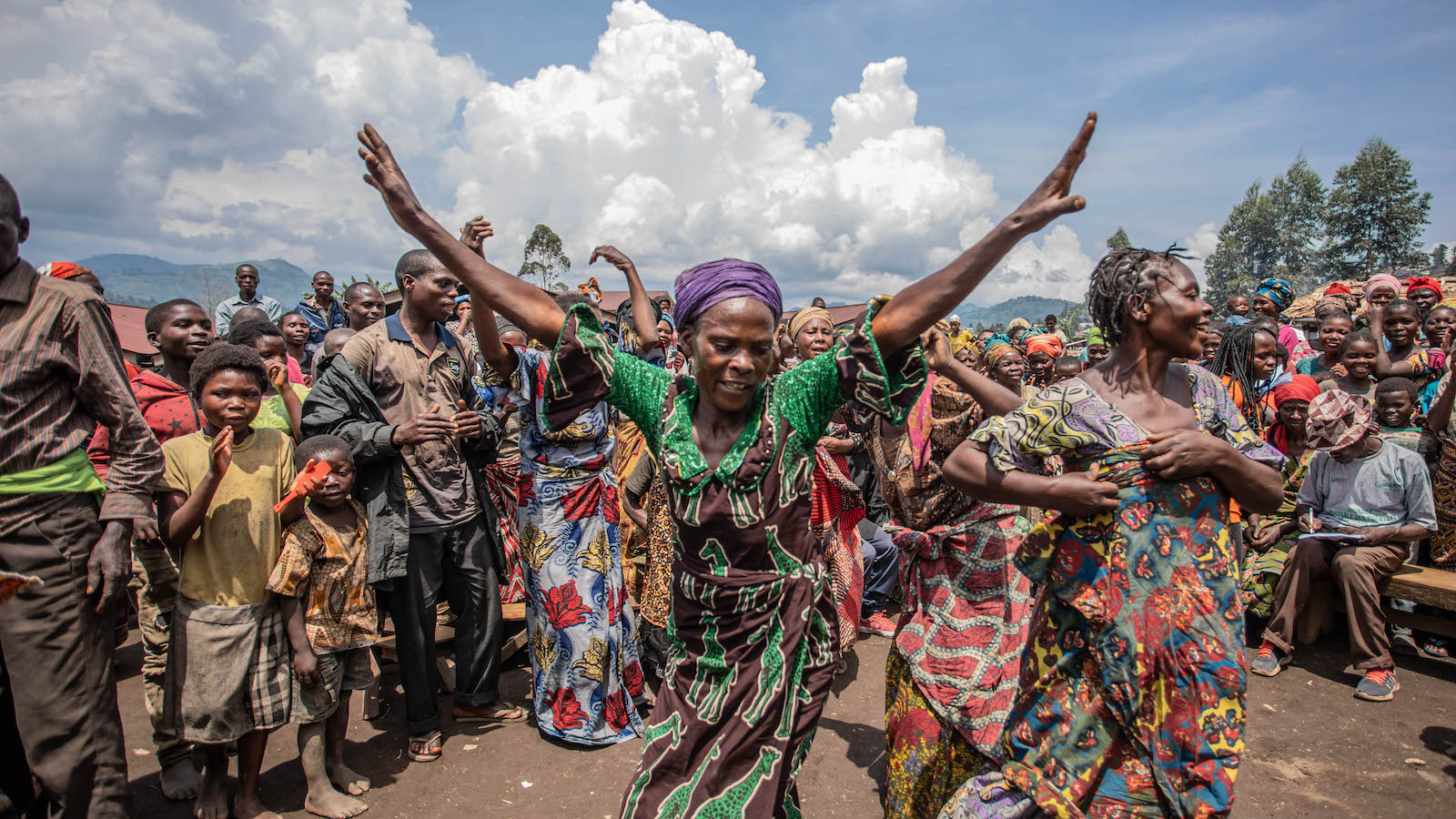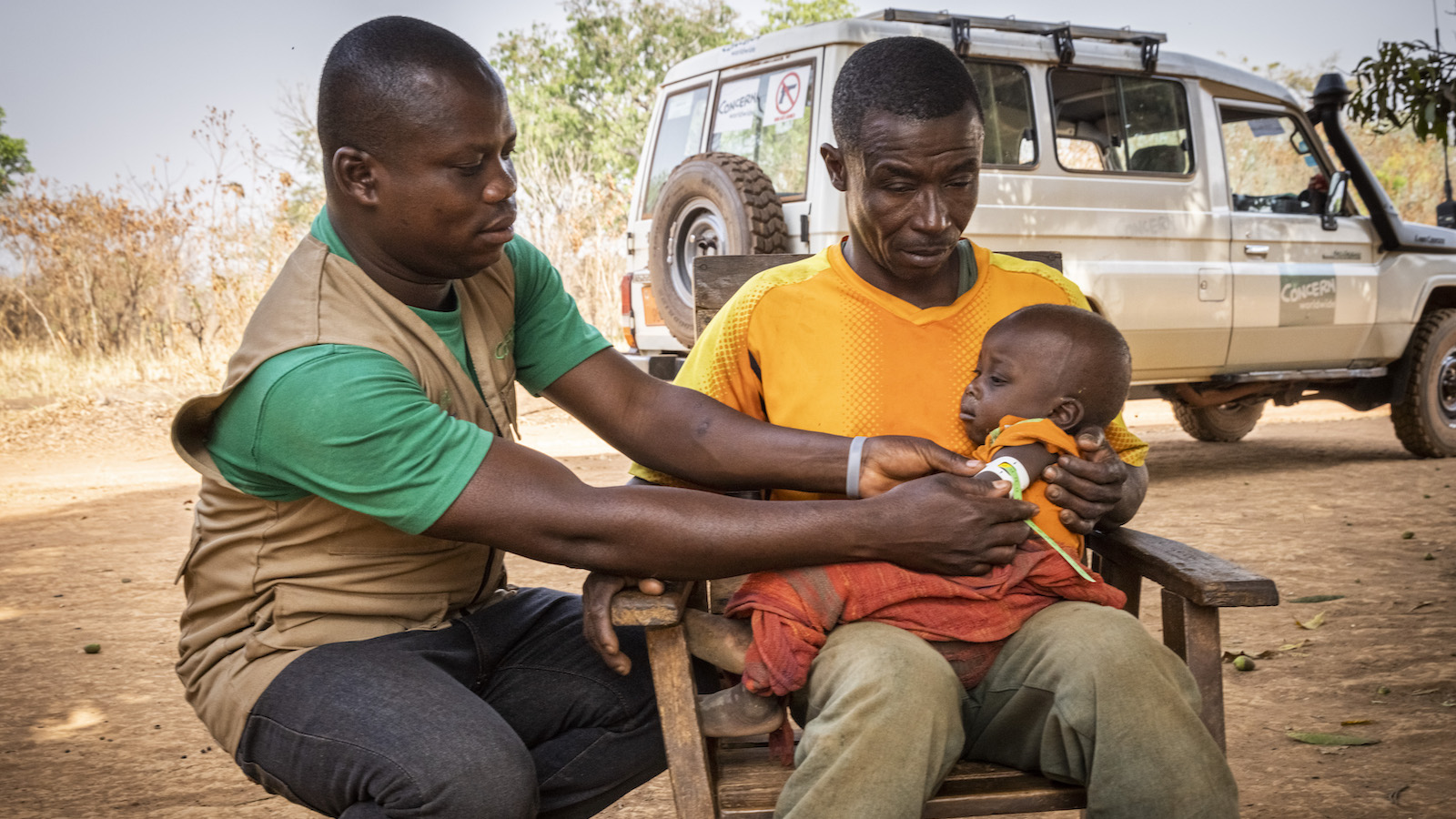Country stats
- Capital: Monrovia
- Population: 5.41 million
- Percentage of Liberians experiencing food shortages: 47%
Concern’s response
- Liberia program launched: 1996
- Program areas: Health & Nutrition, Livelihoods, WASH
Why are we in Liberia?
Fourteen years of civil war in Liberia ended in 2003, leaving infrastructure destroyed and the economy shattered. Over 20 years later, more than half of all Liberians still live below the poverty line. Since 1996, Concern has worked in Liberia across health and nutrition, livelihoods, gender equality, education, and emergency response.
A fragile progress towards eradicating poverty
In the two decades following the civil war, millions of Liberians have made tremendous strides in ending poverty. However, there is a stark difference between urban and rural Liberians. A 2023 report from the World Bank reports that roughly 30% of residents in cities like Monrovia are living in poverty, but that number goes up to 80% in rural areas. This disparity is largely due to agricultural losses (driven in part by climate change), which is the predominant livelihood for low-income Liberians.
Liberia consistently ranks among the world’s hungriest countries in the Global Hunger Index, with 47% of Liberians experiencing food insecurity.
Latest achievemments
Nutrition
We ensured that more than 40,000 children aged 6-23 months received multiple micronutrients. We also reached a further 12,000 adolescent girls and more than 27,000 pregnant women with iron and folic acid supplements.
Healthcare
In 2023, through collaboration with national partners, Concern was able to reach nearly 76,000 people living in extreme poverty — mainly women and children under the age of five — with integrated and multi-sector healthcare support.
Agriculture & livelihoods
With agriculture as the backbone of Liberia’s economy, food security and livelihoods go hand-in-hand. Last year, Concern improved both for over 73,000 people, 68% of whom were female.
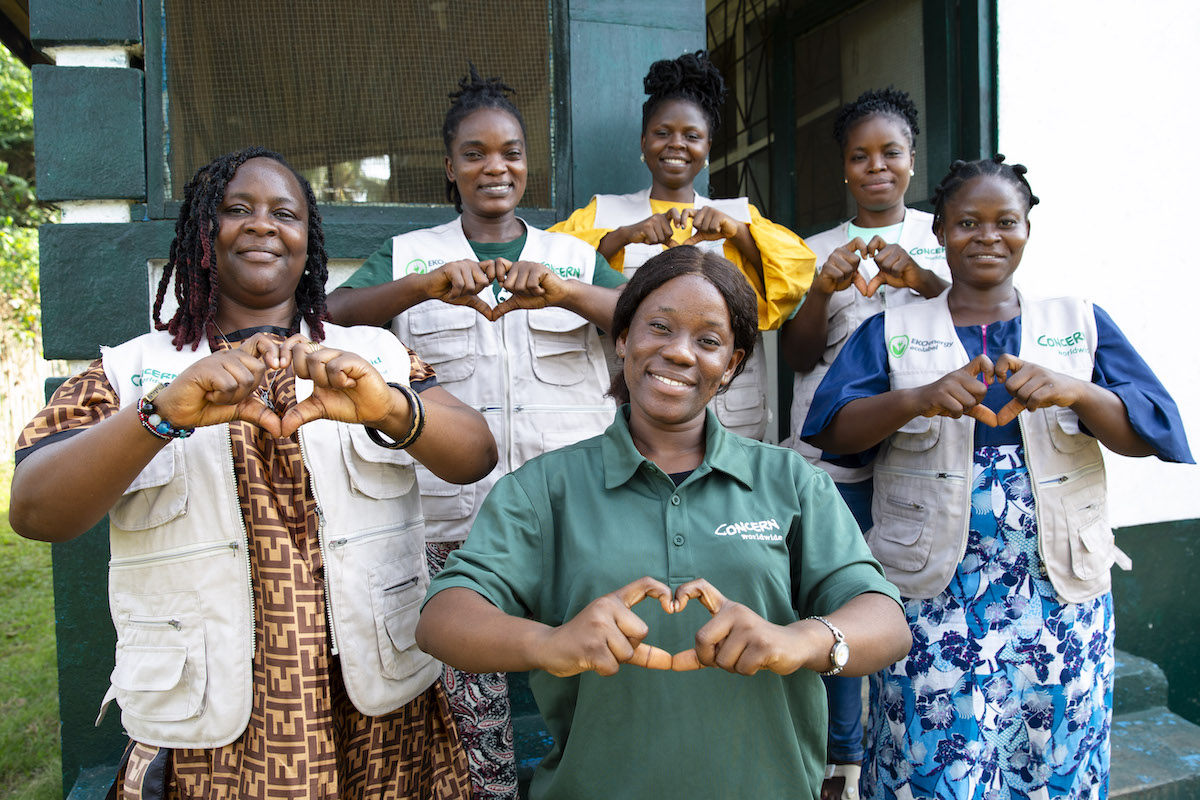
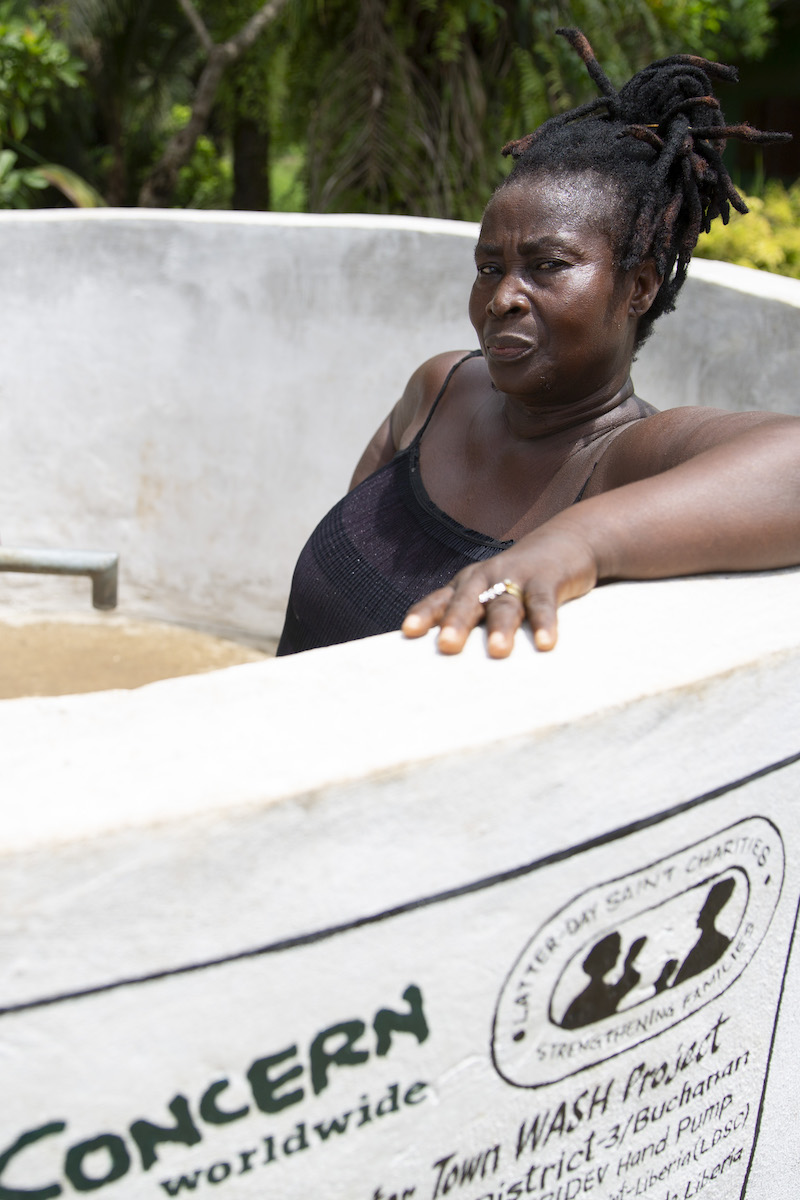
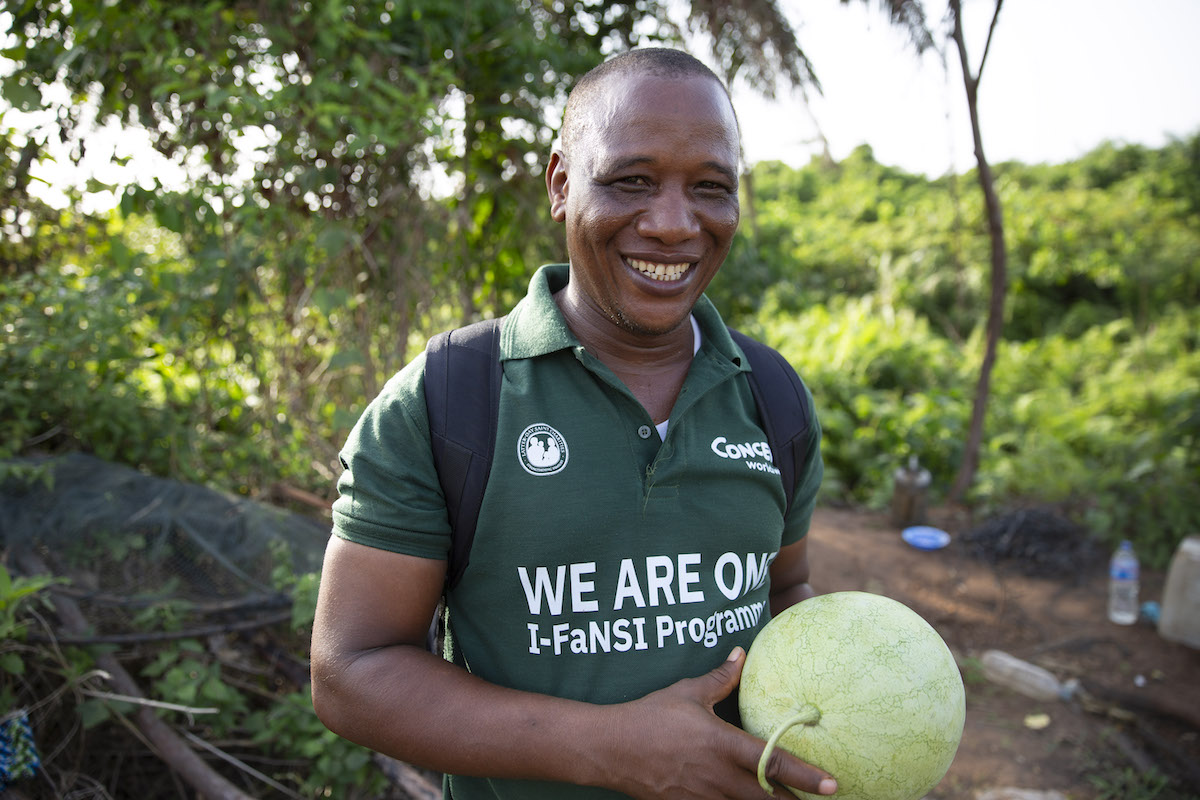
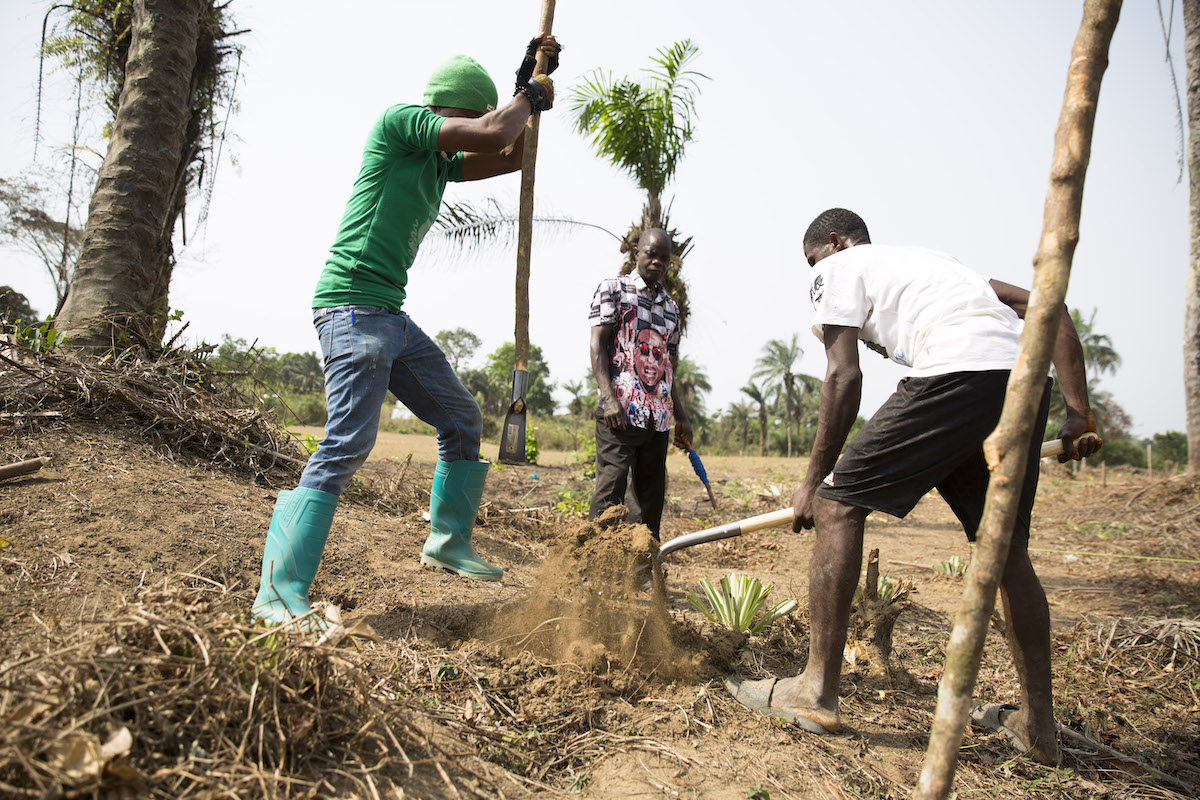
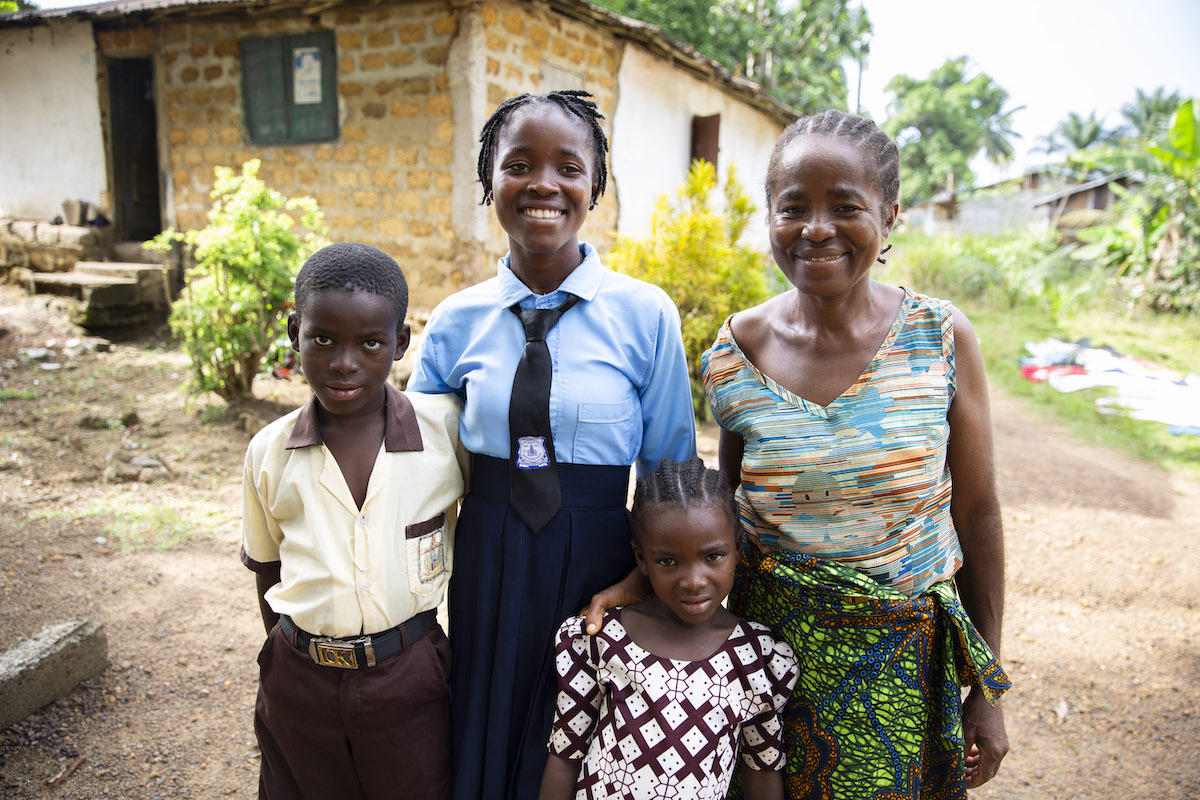
Our work in Liberia
We work with communities in Liberia to fight chronic poverty and establish sustainable resilience in our program communities using local approaches.

